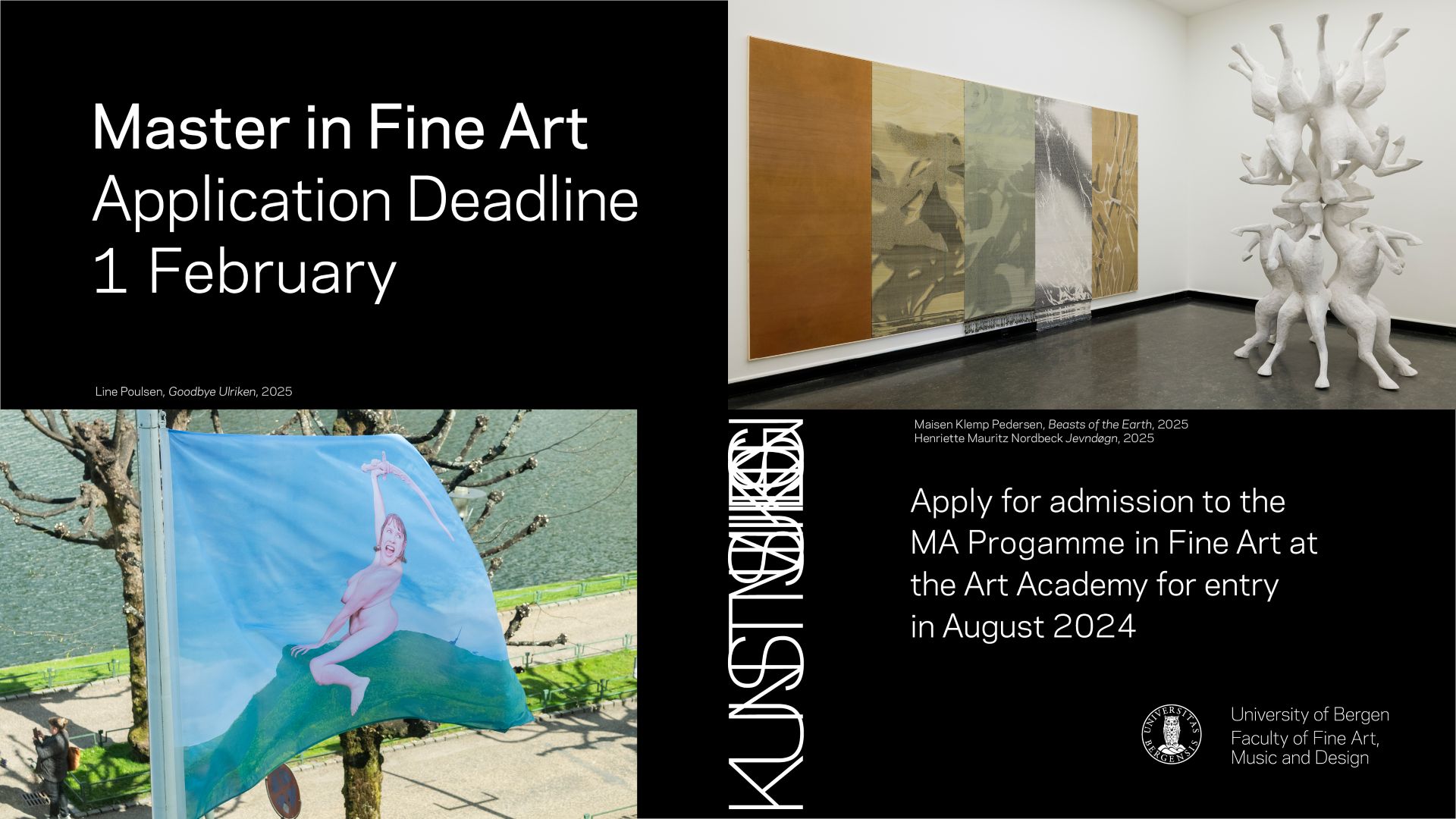
Ron te Kawa, Te Whare Pora: A Sacred Space, Nitja Centre for Contemporary Art, Lillestrøm
Indigenous New Zealand artist Ron te Kawa’s exhibition Te Whare Pora: A Sacred Space at Nitja Centre for Contemporary Art left a lingering impression on me. It featured quilts of different sizes that depicted narratives from his imagination, personal journeys, and stories of significant figures in his life. The exhibition included two constructions, symbolic portals representing the entry into a new universe. Made from recycled materials, the quilts conveyed tales of resilience, tradition, and the connection between humanity and the natural world. Te Kawa’s work embodies the essence of creative expression, creating a sanctuary where failures transform into lessons, learning is perpetual, and collaboration thrives.

Nathalie Du Pasquier, Paintings of things. Paintings as objects, Kunsthal Aarhus, Aarhus
This was the first exhibition in Scandinavia by Nathalie Du Pasquier, a French artist who initially pursued a career as a designer. The exhibition, excellently curated by Diana Baldon and situated in the oldest section of Kunsthal Aarhus, showcased sixty-two works spanning two distinct periods in the artist’s career: from 1989 to 2000 and from 2015 to 2023. The juxtaposition of these different timelines added depth to the viewer’s exploration of the exhibition, which offered an embodied experience of shapes and colors woven together into a unified whole.

Satu Miettinnen, Heidi Piettarinen, Melanie Sarantou, and Amna Qureshi, Arktikum Museum and Gallery Kuopio in Rovaniemi (among other venues)
The interconnection between art and science is perfectly exemplified in the work of Satu Miettinnen, Heidi Piettarinen, Melanie Sarantou, and Amna Qureshi, who are all affiliated with the University of Lapland in Rovaniemi. I have been following this project for some time, and I am intrigued by how it evolves. The artists work with traditional and organic materials such as reindeer blood, sunflowers, and wool. Sarantou lets sunflower seeds grow on a woollen surface, where they create a pattern that resembles embroidery. Letting nature contribute the design is a new way that artists can collaborate with the non-human.
Marija Griniuk is a Lithuanian artist with a background in performance and pedagogy. She is currently the director of Sami Center for Contemporary Art in Karasjok, Norway.
For this year’s contributions to the Advent Calendar, see here.
